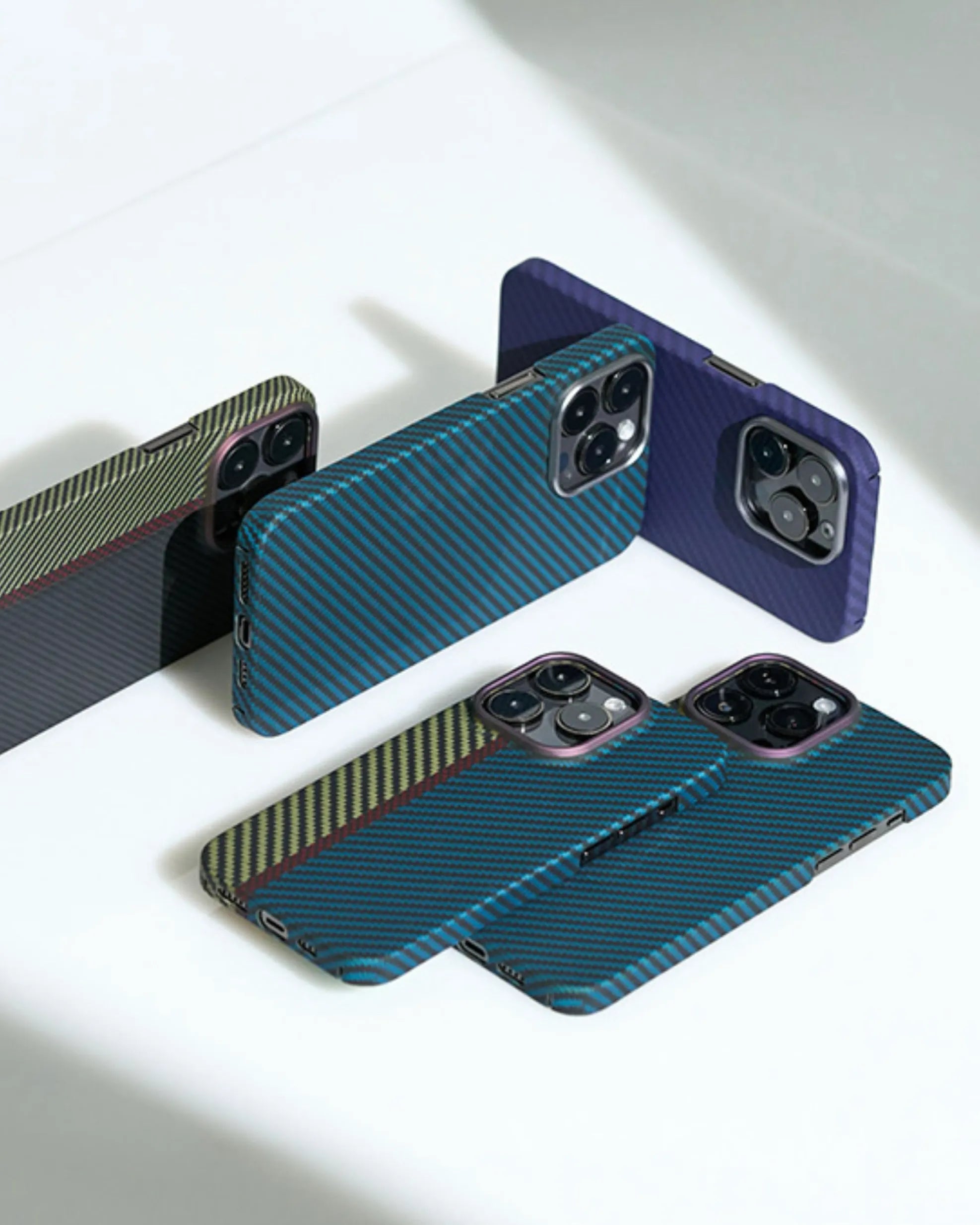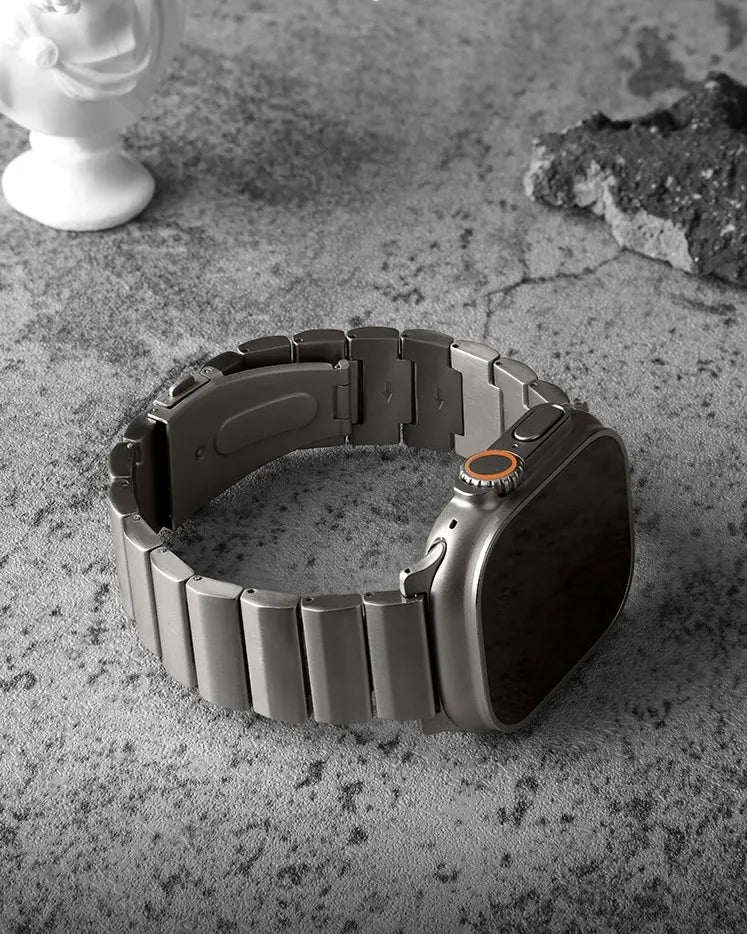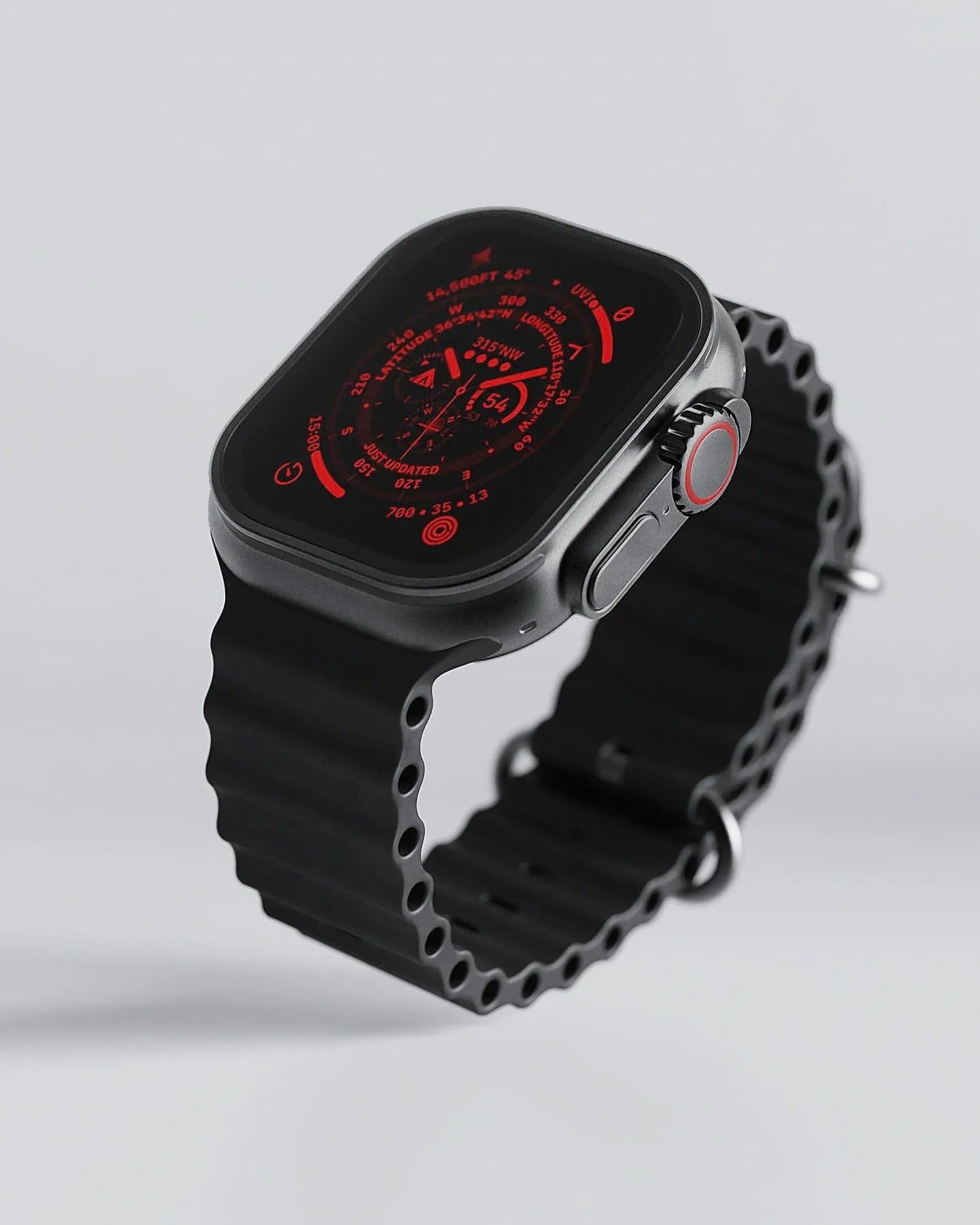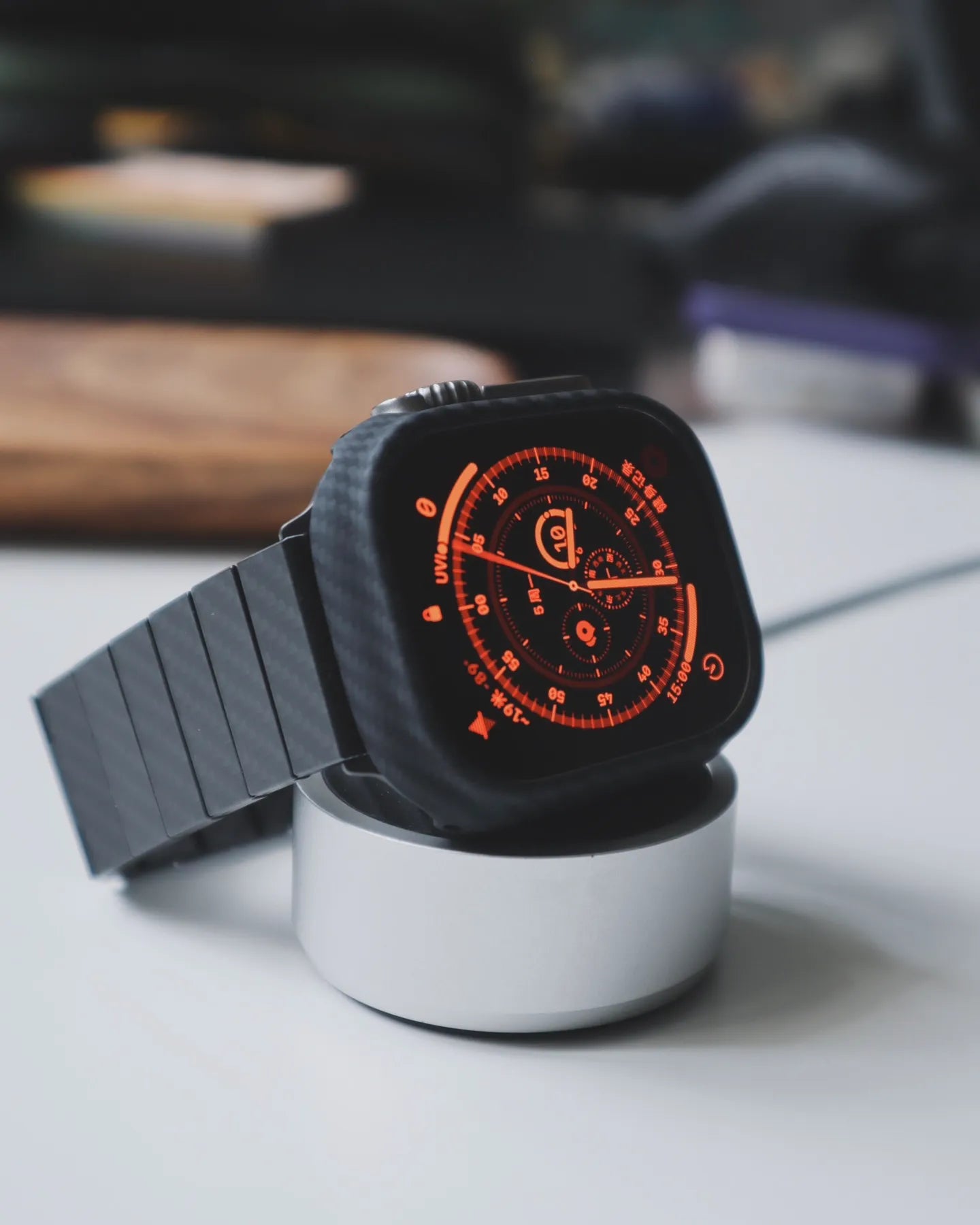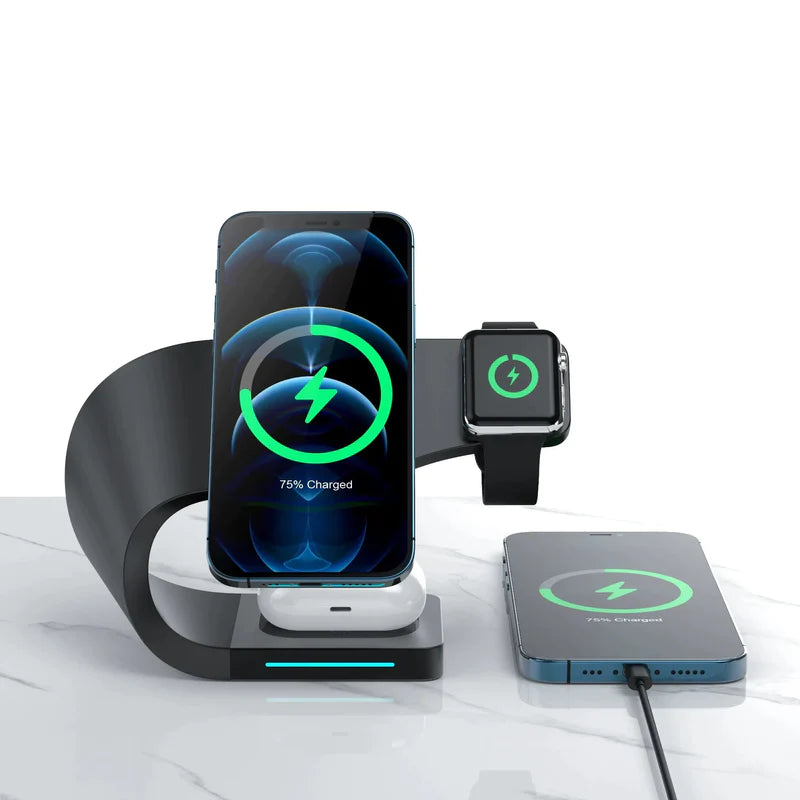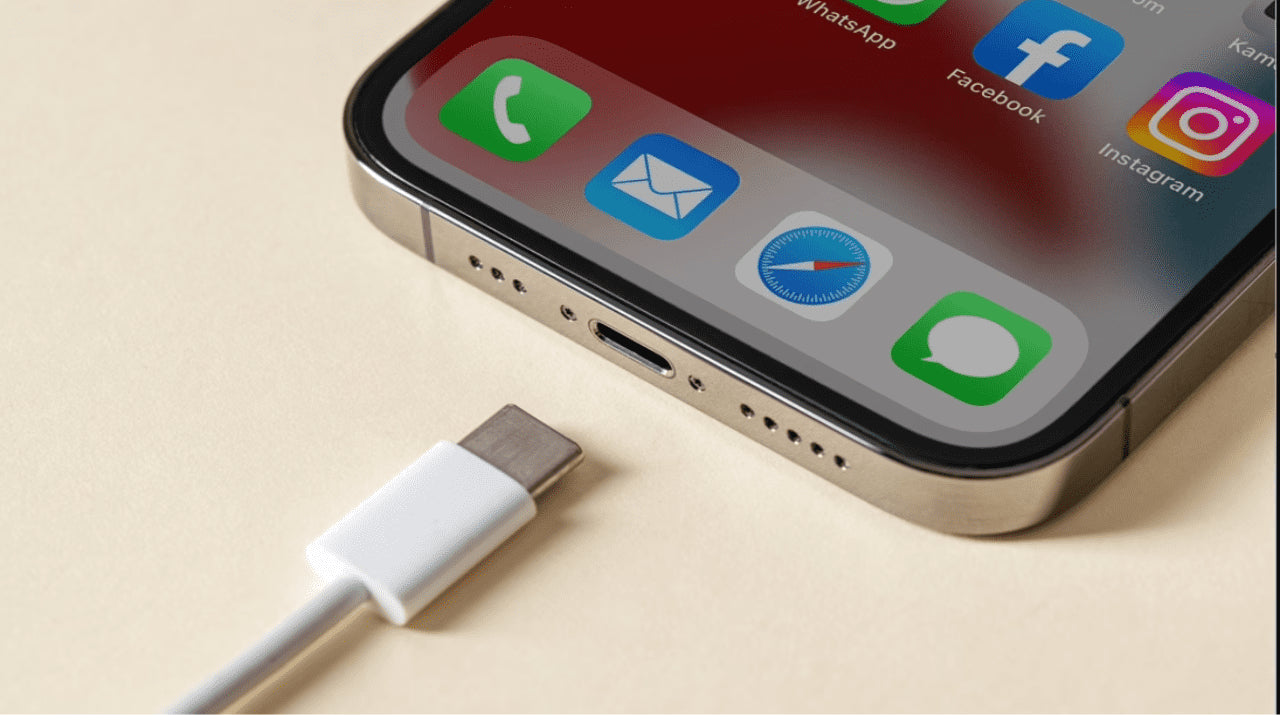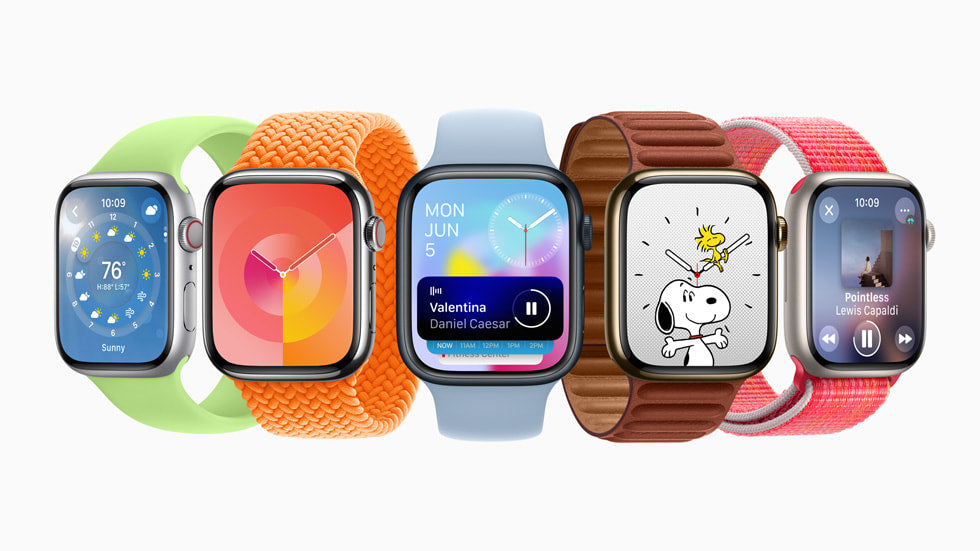After investigation, the use of iPhone 15 Apple cell phone users found that the replacement of the use of type-C port charging is one of its biggest changes. Especially dual-hold party, go out no longer need to bring an extra line, in addition to focusing on this point, in fact, for consumers need to pay more attention to the two aspects of the Type-C interface: transfer data as well as charging.
Transferring Data
What is "Type-C"?
From the definition: Type-C is a form of USB interface, is a universal serial bus hardware interface specification. It is the USB standardization organization in order to solve the USB interface for a long time the physical interface specification is not uniform, the power can only be unidirectional transmission and other shortcomings and the development of a new interface. But from a practical point of view: many manufacturers will castrate Type-C because of cost and other considerations.

The iPhone 15's Type-C interface uses USB 3.0:
Although USB 3.0 has been released for more than a decade, it has a maximum transmission bandwidth of up to 5Gbps, which translates to 625MB/s (only the theoretical upper limit of speed, and in practice, it may be as little as 500Mb/s). Therefore, it can basically meet the needs of more than 90% of the use. For example, if you need to transfer 128GB of data, then it will only take about 4 minutes to complete. If the iPhone 15's Type-C port uses Thunderbolt 3 or Thunderbolt 4: either Thunderbolt 3 or Thunderbolt 4 can provide a maximum transmission bandwidth of up to 40Gbps, which is undoubtedly far ahead of the cell phone field. At the same time there are many docking stations on the market that support Thunderbolt 3 or Thunderbolt 4, which can bring even more powerful functions to iPhone 15. For example, connecting NVME hard disk, 10Gbps network port, DP/HDMI interface expansion.
Charging Rate
Given that the past few generations of iPhones with Lightning ports have required the use of MFi-certified accessories, and that MFi certification brings Apple considerable revenue, it would not be impossible for Apple to force the iPhone 15 to use MFi-certified accessories as well. So for the charging rate aspect there are several possible scenarios:
- Forced MFi certification, non-certified accessories pop up:
In this mode, normal Type-C charging cables are banned. Only MFi certified Type-C charging cables can charge iPhone 15. Although there may be "cracked" Type-C charging cables in the future, it means that you may have to buy a new batch of Type-C charging cables. For chargers that come with their own cables, as well as shared chargers, you'll probably need to buy them all over again. The good news, though, is that the odds are that MFi-certified Type-C charging cables (if the contact definitions don't change) are compatible with other brands of Type-C devices.
- MFi certified, limited fast charging:
In this mode, if you use a third-party charging cable, the charging rate may be "backward compatible" to a minimum of 5V1A, which is slower, but at least it can be used. This will allow some consumers to use the Type-C charging cable from their Android phone to charge their Apple device, eliminating the need to purchase a new cable.
- Abandon MFi certification:
Since Apple uses a fast charging protocol called PD Fast Charging, it's a fast charging specification developed by the USB-IF organization. This is a "public fast charging protocol" rather than a "private protocol". Therefore, in this mode, as long as the charging cable and charger comply with the PD fast charging protocol can be used for charging Apple phones, and the charging speed can also reach the fastest.


